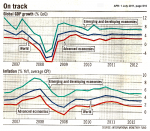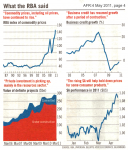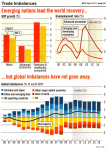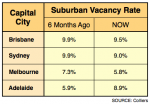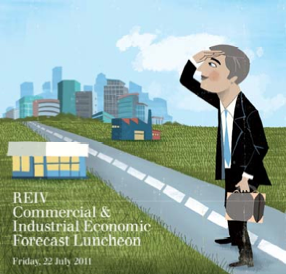
Last Friday, I attended the annual Commercial & Industrial Economic Forecast Luncheon.
And Dr Frank Gelber (director of BIS Shrapnel) kindly provided is perspective on the Australian economy and the Melbourne Commercial property market — looking forward for the next 5 to 6 years.
Probably the most pleasing aspect was … that his views will were pretty much in line with what I’ve been telling you here, for the past six months or so … [Read more…]
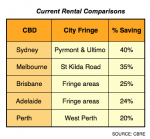
 Wherever you live, you tend to believe (and will happily tell people) that it is undoubtedly the
Wherever you live, you tend to believe (and will happily tell people) that it is undoubtedly the 
